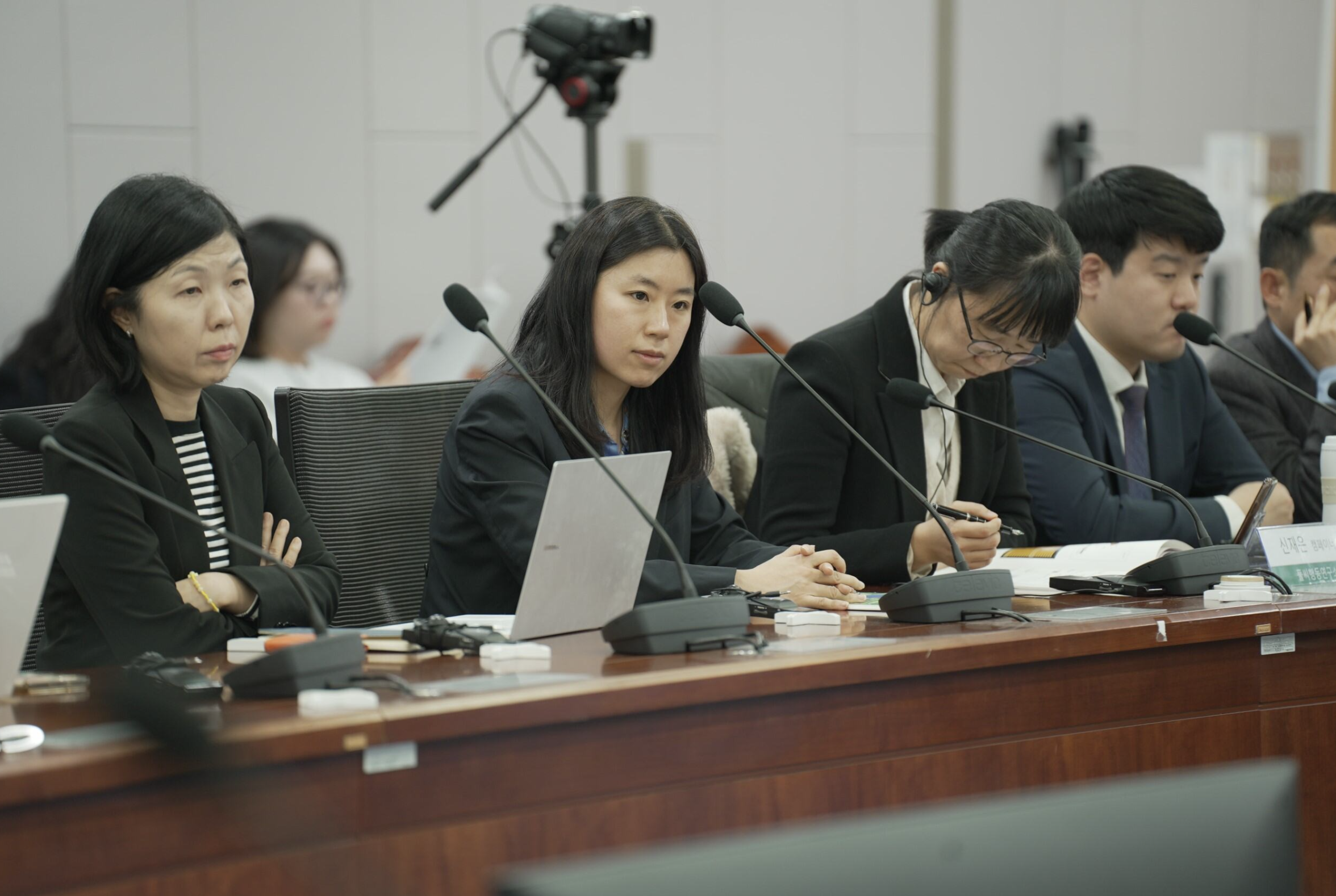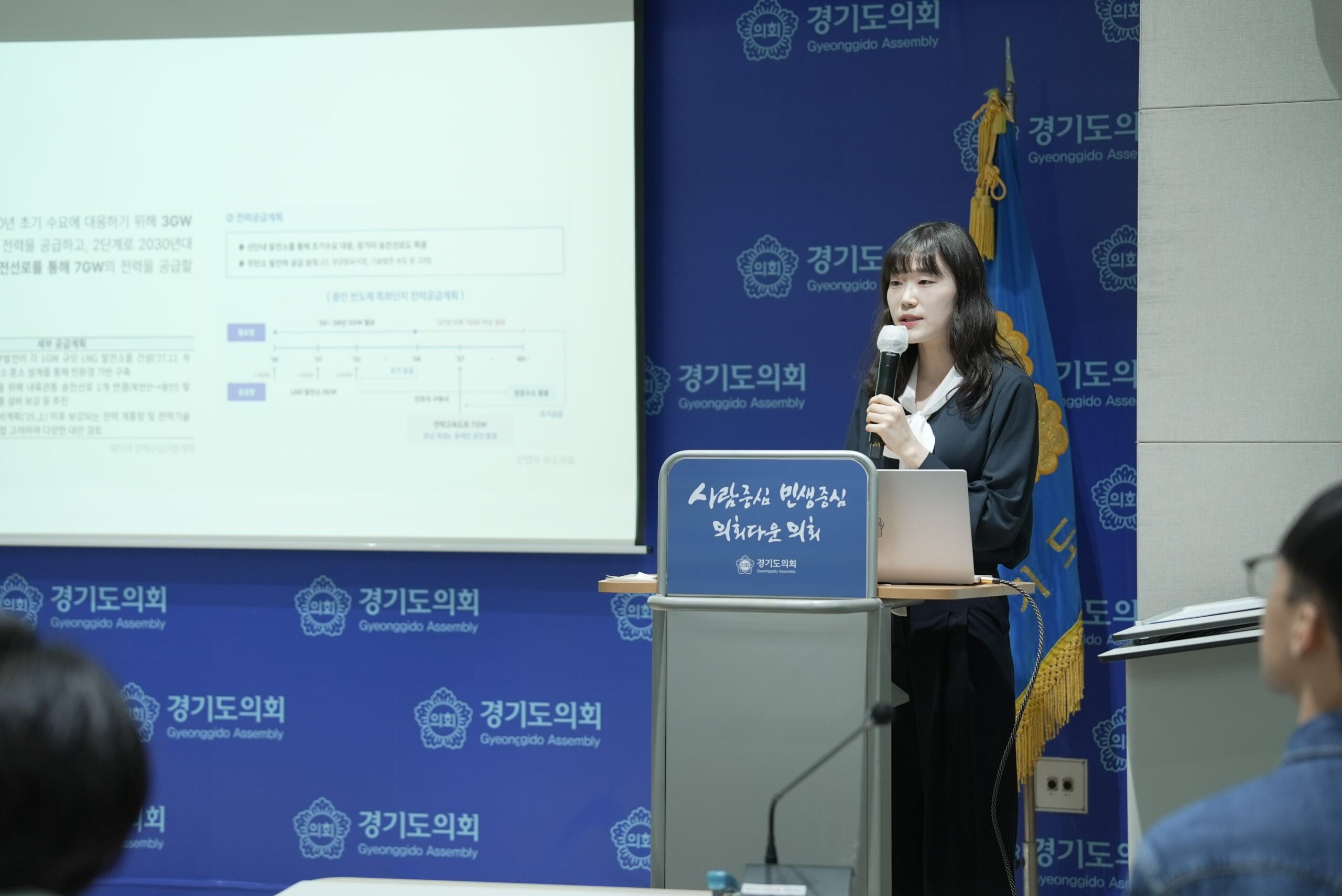
Executive summary
More than 90 percent of international trade is seaborne. This figure is even higher for South Korea. A stunning 99.7 percent of its international trade relies on maritime transport. Shipping is a pivotal industry for global trade and is particularly significant for a country like South Korea that is heavily dependent on exports.
The International Maritime Organization (IMO) is adopting increasingly stringent strategies to reduce greenhouse gas (GHG) emissions from shipping. In July 2023, the IMO ramped up its goal from halving GHG emissions by 2050, compared to 2008 levels, to achieving net-zero GHG emissions by 2050. Furthermore, this global maritime regulator plans to adopt a marine fuel standard as a technical element and a GHG emissions pricing mechanism as an economic element in 2025, with their enforcement slated for 2027.
The IMO and individual countries and regions are pursuing stricter regulations regarding GHG emissions from shipping. Given that 99.7 percent of South Korea’s imports and exports are transported by sea, as noted earlier, the country is naturally susceptible to regulatory changes in the international shipping landscape. In February 2023, the Ministry of Oceans and Fisheries (MOF) announced a net-zero strategy that seeks to reduce GHG emissions 60 percent by 2030, 80 percent by 2040, and 100 percent by 2050, all compared with 2008 levels. This ambitious strategy is supplemented by action plans that are annually released aimed at promoting the development and adoption of Korean-style green ships (K-ships), which leverage South Korea’s advanced maritime technologies and strengths and cater to the country’s specific needs. This maritime powerhouse must formulate and implement proactive and preemptive policies aligned with international shipping regulations and market conditions to maintain its leadership in shipping and related industries.
This endeavor requires a profound understanding of the swiftly evolving environmental regulations on both the domestic and international fronts, a precise assessment of the current state of the country’s maritime industry, and deep insights into fuel use pathways.
To draw these understandings and insights, this study employs bottom-up energy system modeling to scrutinize South Korea’s present maritime decarbonization strategies and assess their feasibility, along with the country’s maritime carbon reduction goals. This study also intends to extract technological and policy implications necessary for a decarbonized future.
This study distinguishes itself from prior studies on global maritime shipping by focusing on South Korea’s oceangoing merchant fleet and deriving insights specific to the country’s shipping decarbonization strategies. Moreover, emissions are estimated by a bottom-up model devised specifically for the South Korean shipping sector, based on actual data from individual ships categorized by vessel type, leading to greater analytical precision. In addition, advancements in ship technology and applicable alternative energy sources are considered for different types of ships, enhancing the granularity of the research. The study also accounts for all foreseeable future energy sources—including LNG, methanol, and ammonia—and their production methods, thereby adding significant depth to the analysis.
Key findings
The analysis of several scenarios in this study leads to the following insights:
The MOF should disclose more detailed plans covering year-by-year financing and fuel utilization measures aligned with its reduction goals. The MOF envisages a much faster reduction trajectory than the IMO’s for the 2030s. This extremely rapid pace of reduction in the initial years necessitates the ecofriendly transition of most vessels within the next decade. However, the USD 6.5 billion required for the next five years significantly dwarfs the ministry’s current investments in ecofriendly ships.

It is crucial to accelerate the shift towards ecofriendly vessels, especially those powered by zero carbon fuels. Under Scenario IMO_Net50—the least ambitious policy-driven scenario—can achieve its reduction targets using a fuel blend of methanol, LNG, and LNG-CCS alone. However, the more stringent IMO_Net0 scenario requires a shift to a fuel mix focused on green methanol, green ammonia, and green hydrogen to reach net-zero emissions by 2050. Moreover, gray methanol, blue hydrogen, and blue ammonia—which have higher GHG emission factors (EF) than their greener counterparts—find themselves economically nonviable due to rising carbon prices under the net-zero scenarios. Therefore, a transition to carbon-free fuels must ultimately define the future of maritime shipping.

Reduction plans designed specifically for different types of vessels are essential. Among the ten types of vessels considered in this study, it is crucial to formulate more detailed reduction plans for the three key culprits in GHG emissions from ships: bulk carriers, container ships, and crude oil tankers. As the dominant players in maritime logistics, they account for 62.13 percent of the fleet by total deadweight tonnage (DWT) and are responsible for 61.67 percent of the total GHG emissions. Bulk carriers, marked by a higher proportion of older ships compared with other vessel types, face an urgent need for replacement by more efficient new ships. A strong focus on these major ship types is critical to an accelerated transition to an ecofriendly fleet. Moreover, reduction measures must carefully consider the characteristics of each vessel type. For example, retrofitting fuel propulsion systems may be effective for bulk carriers and crude oil tankers. On the other hand, enhancing energy efficiency is paramount for fuel carriers like LNG and LPG ships, where alternative fuel options find limited usage. These targeted approaches will effectively aid the transition to an ecofriendly fleet.

Assessment of the existing fossil fuel ships' potential of becoming stranded assets is crucial. As the maritime industry advances towards a net-zero future, carbon costs are expected to rise, foreshadowing the risk of both current and forthcoming fossil fuel-powered ships being reduced to stranded assets. This prospect calls for proactive measures. Attention must also be given to the varying investment requirements across different time slices of reduction pathways. For a transition to an ecofriendly fleet, it is critical to meticulously time and scale the introduction of new low-carbon and zero-carbon ships to strike a strategic balance between old and new vessels and thereby ensure an optimal fleet portfolio. Given these considerations, South Korea must reevaluate its asset structure and new vessel investment strategy from a longer-term perspective than now.


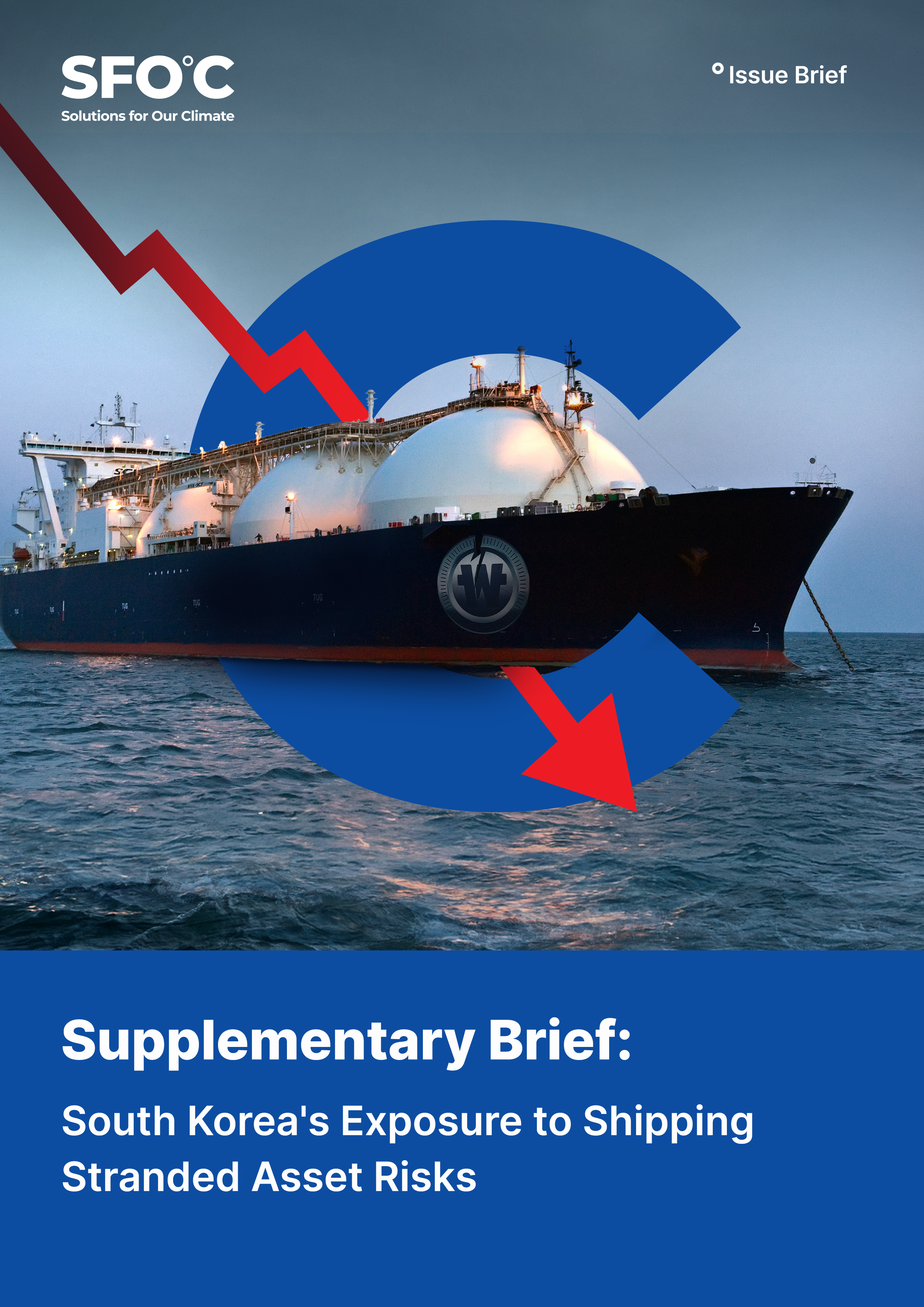
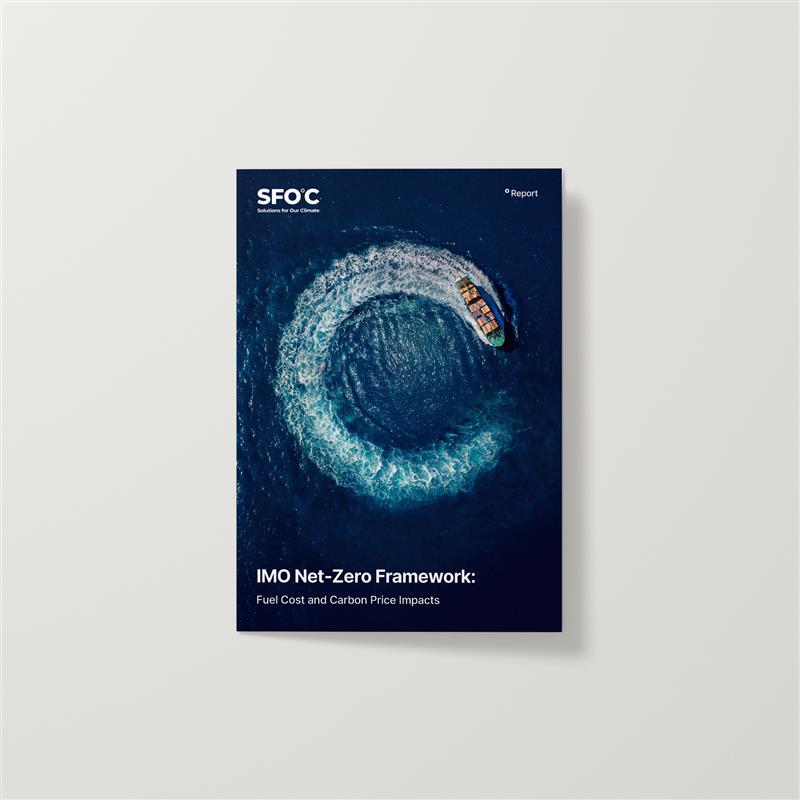
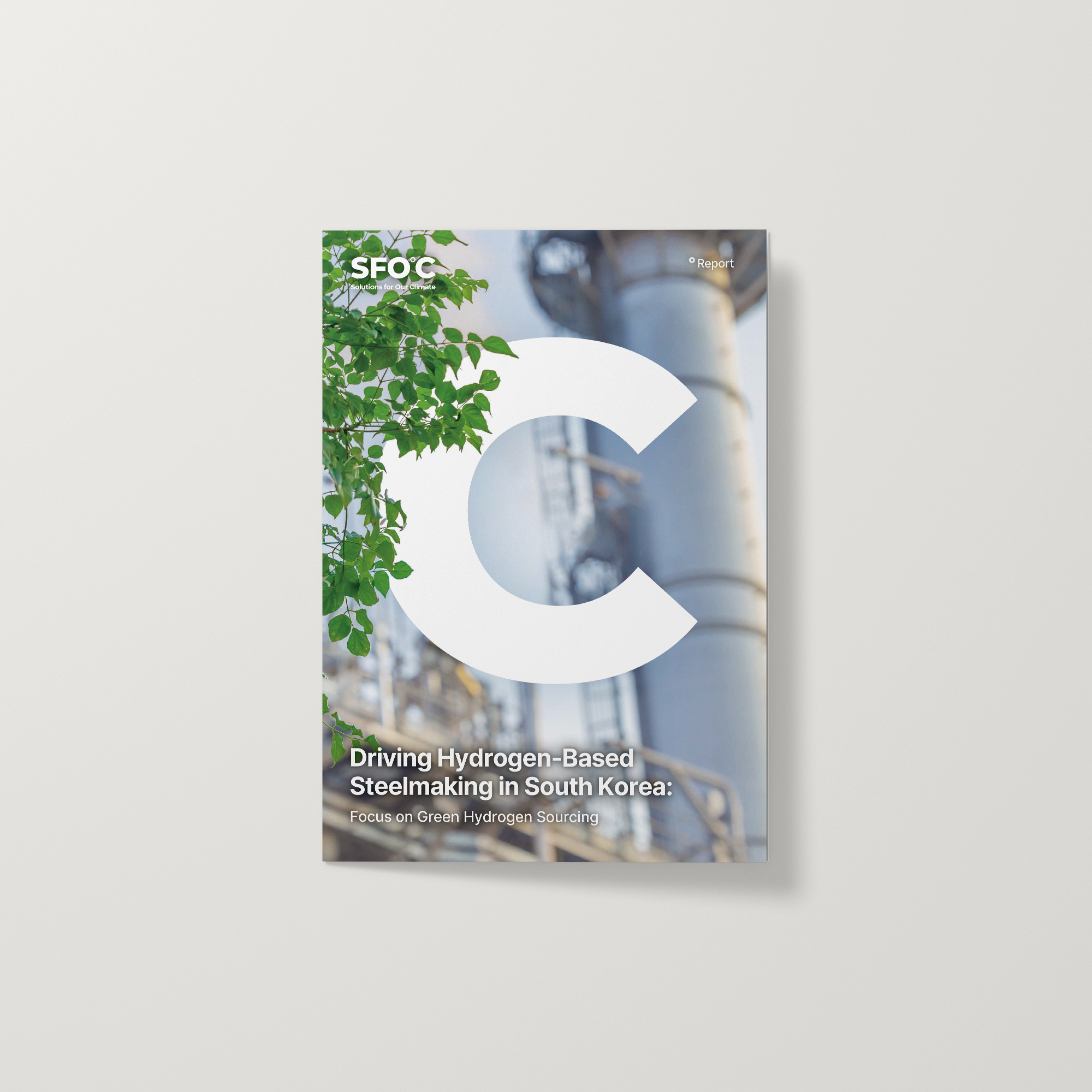









![[Report] Achieving Net Zero in International Shipping through Korea-US-Japan Green Shipping Corridor](https://content.sfoc.tapahalab.com/images/research/s11Jime.jpg)




![[Webinar] International webinar on enhancing due diligence of forest risk commodities' supply chains in Asia](https://content.sfoc.tapahalab.com/images/research/sjGudme.jpg)

![[토론회] 한국형 녹색분류체계(K-Taxonomy), 무엇이 녹색경제활동인가](https://content.sfoc.tapahalab.com/images/research/bn8jdme.jpg)
![[Webinar] Palm Oil based Biofuels Policy and Socio-Environmental Impacts in Asia](https://content.sfoc.tapahalab.com/images/research/BOpldme.jpg)

